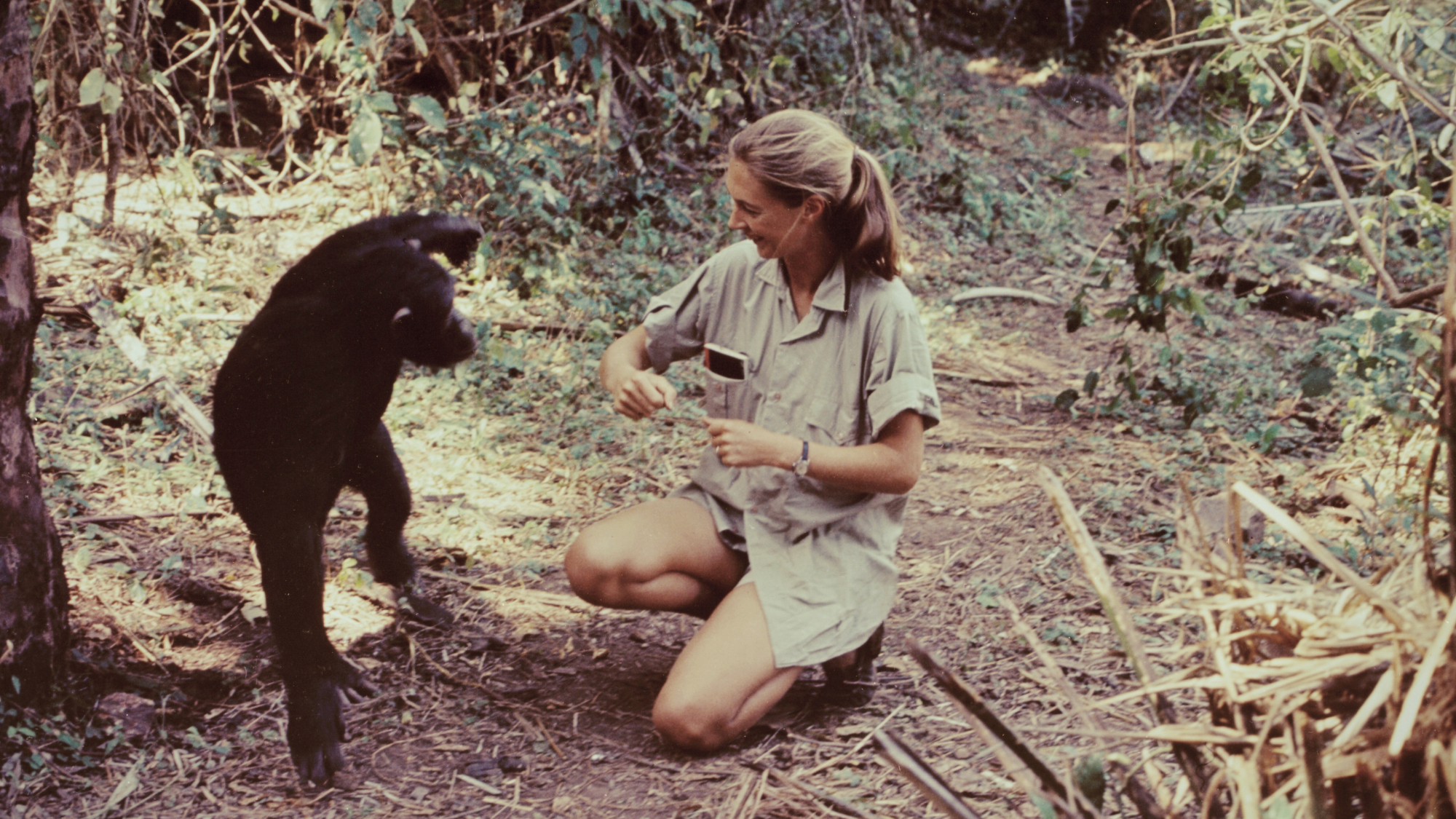John Oliver explains monkeypox and why it's 'not homophobic' to highlight it's mostly affecting gay men

"For the past several months, you may have noticed monkeypox being discussed with an increasing sense of alarm," John Oliver said on Sunday's Last Week Tonight. And "the spread of monkeypox is genuinely alarming. Its most obvious symptom is skin lesions, which can, in severe cases, be extremely painful. And while the pain is not remotely funny, people have been getting very creative in how they describe it." He showed some examples, not all of them "PG."
"Frustratingly, despite the fact we're still in middle of the COVID pandemic, we seem to be replicating some of its key mistakes, from persecuting strangers to spreading misinformation to badly mismanaging the public health response," Oliver said. "So tonight we thought it'd be worth talking about monkeypox: What it is, how we fumbled our response to it, and what we should do going forward." He began with the common symptoms — fever, swollen lymph nodes, exhaustion, headache, and rash — and some history of this pox virus, including the last U.S. outbreak, linked to pet prairie dogs. Oliver also noted that, unlike with COVID, monkeypox is a known virus with existing tests, vaccines, and treatments.
"Basically, every part of our early response to this made this harder than they needed to be, and I will say there have been some improvements recently," Oliver said. "But the delays we've seen in fixing these problems have been absolutely maddening, and it has been hard not to wonder whether the lack of urgency has had anything to do with who's been getting hit the hardest." Look, he said, "it is not homophobic to acknowledge who is currently most affected, which is gay and bisexual men, sex workers, and people who participate in sex with multiple partners. What is homophobic is when you blame or shame the people who are suffering, or when you decide you don't need to care about this because you don't see their lives as valuable or their suffering as consequential. And that is where there are strong echoes of the AIDS crisis in some of the discussion around monkeypox." He used Rep. Marjorie Taylor Greene (R-Ga.) as an example of what not to do.
The Week
Escape your echo chamber. Get the facts behind the news, plus analysis from multiple perspectives.

Sign up for The Week's Free Newsletters
From our morning news briefing to a weekly Good News Newsletter, get the best of The Week delivered directly to your inbox.
From our morning news briefing to a weekly Good News Newsletter, get the best of The Week delivered directly to your inbox.
Oliver highlighted some bad and good public health messaging, argued for belatedly investing in and restructuring our public health apparatus, and used some scattered NSFW language throughout.

A free daily email with the biggest news stories of the day – and the best features from TheWeek.com
Peter has worked as a news and culture writer and editor at The Week since the site's launch in 2008. He covers politics, world affairs, religion and cultural currents. His journalism career began as a copy editor at a financial newswire and has included editorial positions at The New York Times Magazine, Facts on File, and Oregon State University.
-
 Why are micro-resolutions more likely to stick?
Why are micro-resolutions more likely to stick?In the Spotlight These smaller, achievable goals could be the key to building lasting habits
-
 What will happen in 2026? Predictions and events
What will happen in 2026? Predictions and eventsIn Depth The new year could bring peace in Ukraine or war in Venezuela, as Donald Trump prepares to host a highly politicised World Cup and Nasa returns to the Moon
-
 Why is Trump’s alleged strike on Venezuela shrouded in so much secrecy?
Why is Trump’s alleged strike on Venezuela shrouded in so much secrecy?TODAY'S BIG QUESTION Trump’s comments have raised more questions than answers about what his administration is doing in the Southern Hemisphere
-
 Son arrested over killing of Rob and Michele Reiner
Son arrested over killing of Rob and Michele ReinerSpeed Read Nick, the 32-year-old son of Hollywood director Rob Reiner, has been booked for the murder of his parents
-
 Rob Reiner, wife dead in ‘apparent homicide’
Rob Reiner, wife dead in ‘apparent homicide’speed read The Reiners, found in their Los Angeles home, ‘had injuries consistent with being stabbed’
-
 Hungary’s Krasznahorkai wins Nobel for literature
Hungary’s Krasznahorkai wins Nobel for literatureSpeed Read László Krasznahorkai is the author of acclaimed novels like ‘The Melancholy of Resistance’ and ‘Satantango’
-
 Primatologist Jane Goodall dies at 91
Primatologist Jane Goodall dies at 91Speed Read She rose to fame following her groundbreaking field research with chimpanzees
-
 Florida erases rainbow crosswalk at Pulse nightclub
Florida erases rainbow crosswalk at Pulse nightclubSpeed Read The colorful crosswalk was outside the former LGBTQ nightclub where 49 people were killed in a 2016 shooting
-
 Trump says Smithsonian too focused on slavery's ills
Trump says Smithsonian too focused on slavery's illsSpeed Read The president would prefer the museum to highlight 'success,' 'brightness' and 'the future'
-
 Trump to host Kennedy Honors for Kiss, Stallone
Trump to host Kennedy Honors for Kiss, StalloneSpeed Read Actor Sylvester Stallone and the glam-rock band Kiss were among those named as this year's inductees
-
 White House seeks to bend Smithsonian to Trump's view
White House seeks to bend Smithsonian to Trump's viewSpeed Read The Smithsonian Institution's 21 museums are under review to ensure their content aligns with the president's interpretation of American history
